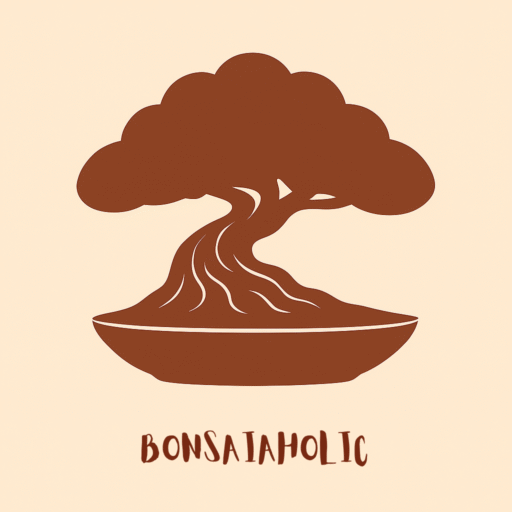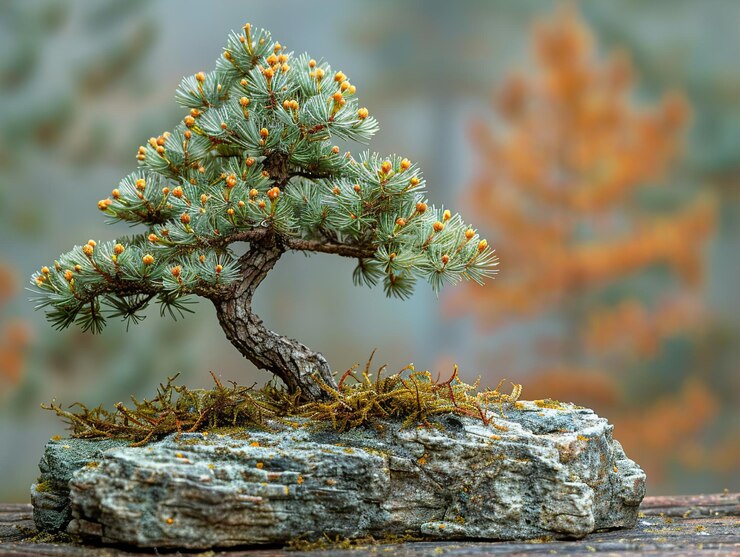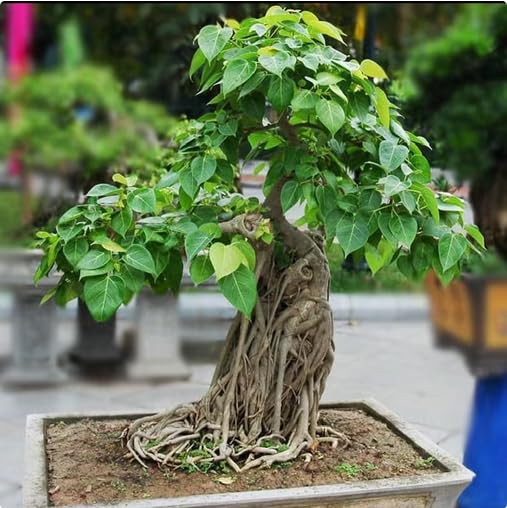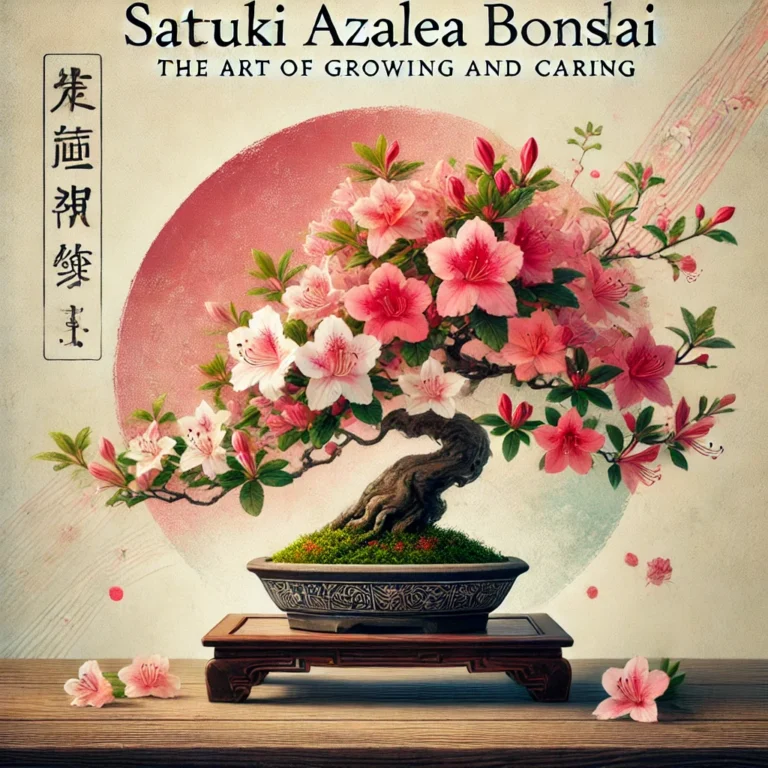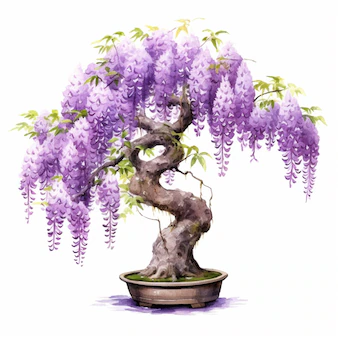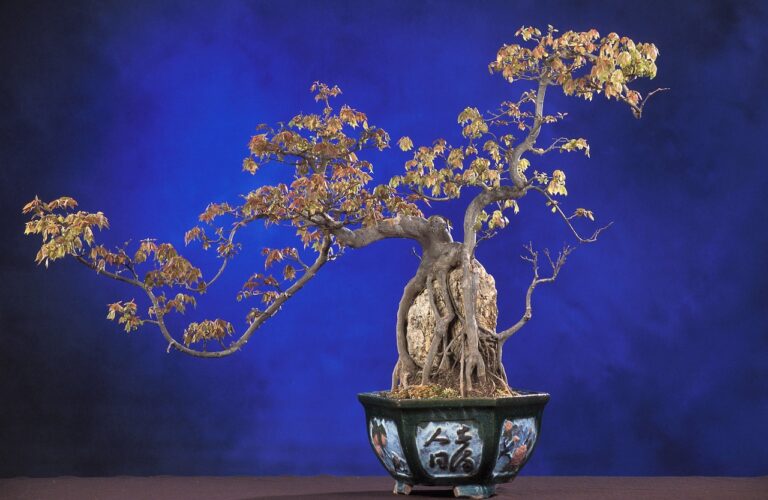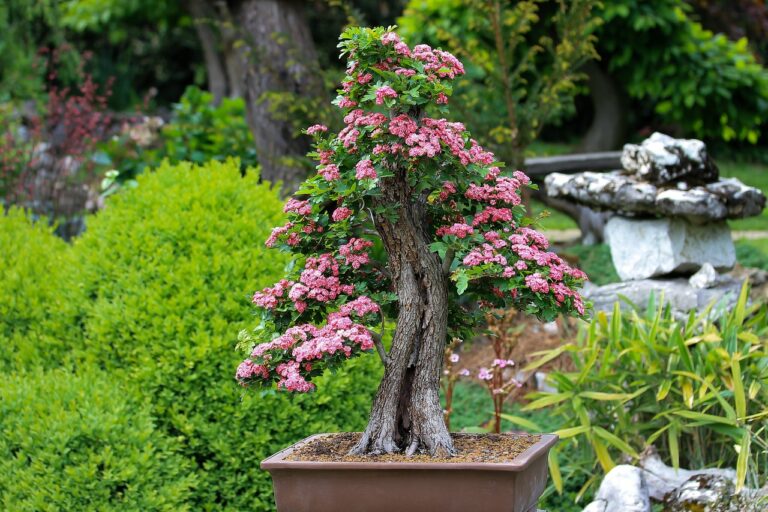Basic Care Guide for a Juniper Bonsai Tree
The Juniper Bonsai Tree is one of the most popular choices among bonsai enthusiasts, both beginners and experts alike. Its resilient nature and the aesthetic appeal of its needle-like foliage make it a favorite. However, like all bonsai trees, it requires specific care to thrive and maintain its beauty. This guide will delve into the essential aspects of Juniper Bonsai Tree care, ensuring your tree remains healthy and vibrant for years.
Understanding the Juniper Bonsai Tree
The Juniper Bonsai Tree belongs to the cypress family and is characterized by its evergreen, needle-like foliage. Native to the northern hemisphere, junipers are hardy and can adapt to various climates. There are over 50 species of juniper, but the most common types used in bonsai include the Chinese Juniper (Juniperus chinensis), Green Mound Juniper (Juniperus procumbens nana), and the Shimpaku Juniper (Juniperus sargentii).
Choosing the Right Location for Your Juniper Bonsai Tree
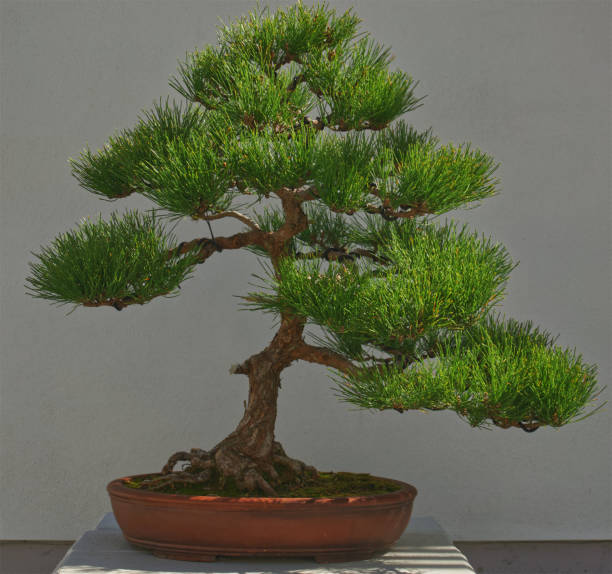
The Juniper Bonsai Tree is an outdoor tree that requires plenty of sunlight. It’s crucial to place your tree in a location where it can receive at least 4-6 hours of direct sunlight daily. This exposure is vital for photosynthesis, which helps maintain the tree’s health and vibrant color.
If you live in a region with extremely hot summers, consider placing your bonsai in a spot where it receives morning sunlight and afternoon shade to prevent the foliage from scorching. In colder climates, the Juniper Bonsai Tree can tolerate frost, but it’s essential to protect it from extreme cold by placing it in a greenhouse or using frost protection during the harshest months.
Watering Your Juniper Bonsai Tree
Watering is one of the most critical aspects of caring for a Juniper Bonsai Tree. Junipers prefer their soil to be slightly moist, but they do not like to be waterlogged. Overwatering can lead to root rot, which is fatal for bonsai trees.
How to water your Juniper Bonsai Tree:
- Check the soil moisture: Before watering, check the soil’s moisture level by inserting your finger about an inch deep. If the soil feels dry at this depth, it’s time to water your tree.
- Water thoroughly: When watering, ensure that water flows out of the drainage holes at the bottom of the pot. This ensures that the roots receive adequate moisture.
- Avoid misting: Unlike some other bonsai species, the Juniper Bonsai Tree does not benefit from misting. Misting can lead to fungal issues, which can be detrimental to the tree’s health.
4. Soil and Repotting Requirements
The soil is the foundation of a healthy Juniper Bonsai Tree. Junipers prefer well-draining soil that allows air to reach the roots. A typical bonsai soil mix for junipers consists of akadama (a type of clay granule), pumice, and lava rock in equal parts.
Repotting your Juniper Bonsai Tree:
- Frequency: Repot your Juniper Bonsai Tree every 2-3 years, preferably in early spring before the growing season begins.
- Root pruning: During repotting, prune about one-third of the roots to encourage the growth of new, healthy roots.
- Pot selection: Choose a pot that is proportional to the size of the tree. The pot should have adequate drainage holes to prevent water from accumulating at the bottom.
Fertilizing Your Juniper Bonsai Tree
Fertilizing is essential to provide your Juniper Bonsai Tree with the nutrients it needs to grow and thrive. During the growing season (spring through fall), use a balanced fertilizer with equal parts nitrogen, phosphorus, and potassium. Organic fertilizers are preferable as they release nutrients slowly, reducing the risk of fertilizer burn.
Fertilizing tips:
- Frequency: Fertilize every 4-6 weeks during the growing season. Reduce fertilization during the winter months when the tree is dormant.
- Application: Apply the fertilizer evenly across the soil surface. Avoid applying directly to the foliage, as this can cause burn.
Pruning and Shaping Your Juniper Bonsai Tree
Pruning and shaping are what give the Juniper Bonsai Tree its characteristic bonsai appearance. Regular pruning is necessary to maintain the tree’s shape and promote healthy growth.
Pruning guidelines:
- Structural pruning: This is done in early spring to remove large branches and shape the overall structure of the tree. Use sharp, sterilized tools to make clean cuts.
- Maintenance pruning: Throughout the growing season, pinch back new growth to maintain the desired shape. Avoid cutting back to bare wood, as junipers do not back-bud on old wood.
- Wiring: Wiring is used to guide the branches into the desired position. Wrap the wire around the branch gently and avoid tightening it too much, as this can damage the bark. Check the wire regularly and remove it before it starts digging into the bark.
Pest and Disease Management
The Juniper Bonsai Tree is generally hardy and resistant to pests, but it can occasionally be affected by insects such as spider mites, aphids, and scale. Fungal infections like root rot and blight can also occur, particularly if the tree is overwatered or lacks sufficient airflow.
Pest and disease management tips:
- Regular inspection: Check your tree regularly for signs of pests or disease. Early detection is key to preventing serious damage.
- Natural remedies: Use neem oil or insecticidal soap to treat minor infestations. For fungal issues, improve air circulation and reduce watering.
- Quarantine new plants: If you introduce new plants to your collection, keep them separate from your bonsai for a few weeks to ensure they are pest-free.
Seasonal Care for Your Juniper Bonsai Tree
The care requirements for your Juniper Bonsai Tree change with the seasons. Understanding these changes is essential for the long-term health of your tree.
Spring:
- Repotting: Early spring is the ideal time to repot your tree.
- Fertilizing: Begin fertilizing as the tree starts to grow actively.
- Pruning: Perform structural pruning to shape the tree.
Summer:
- Sun protection: Provide shade during the hottest part of the day.
- Watering: Water more frequently, as the tree will dry out faster in the heat.
- Pest control: Monitor for pests, as they are more active in warm weather.
Fall:
- Reduce fertilization: Gradually reduce fertilization as the tree’s growth slows.
- Prepare for winter: Start preparing the tree for winter by reducing water and placing it in a sheltered location.
Winter:
- Dormancy care: Protect the tree from extreme cold and frost. Reduce watering, but don’t let the soil dry out completely.
- No fertilization: Do not fertilize during winter, as the tree is dormant.
Common Issues and How to Resolve Them
Even with the best care, you may encounter some issues with your Juniper Bonsai Tree. Here are some common problems and how to address them:
- Yellowing foliage: This is often a sign of overwatering or poor drainage. Check the soil and adjust your watering schedule.
- Browning needles: This could indicate too much direct sunlight or lack of humidity. Move the tree to a more suitable location and mist the foliage occasionally.
- Slow growth: Lack of nutrients or improper light conditions can lead to slow growth. Ensure your tree is getting enough light and fertilize appropriately.
FAQs About Juniper Bonsai Tree Care
Q1: Can I keep my Juniper Bonsai Tree indoors?
A1: While junipers are primarily outdoor trees, you can bring them indoors for short periods (e.g., for display). However, they should spend most of their time outdoors to receive adequate sunlight and fresh air.
Q2: How often should I water my Juniper Bonsai Tree?
A2: Watering frequency depends on the climate and season. Generally, water when the top inch of soil feels dry, ensuring thorough saturation.
Q3: Why are the needles on my Juniper Bonsai Tree turning brown?
A3: Browning needles can result from too much direct sunlight, insufficient watering, or low humidity. Adjust the tree’s location and care routine accordingly.
Q4: Can I prune my Juniper Bonsai Tree during the winter?
A4: It’s best to avoid pruning in winter when the tree is dormant. Save major pruning for early spring or late summer.
Q5: How do I protect my Juniper Bonsai Tree from pests?
A5: Regularly inspect your tree, use natural remedies like neem oil, and ensure good airflow to prevent pest infestations.
Conclusion
Caring for a Juniper Bonsai Tree can be a rewarding experience, provided you understand its specific needs. Your bonsai can thrive for many years with the right location, watering practices, soil, and seasonal care. Whether you’re a beginner or an experienced bonsai enthusiast, following this guide will help you maintain a healthy and beautiful Juniper Bonsai Tree. Remember, patience and attention to detail are key in the art of bonsai, and your efforts will be reflected in the tree’s growth and elegance.
